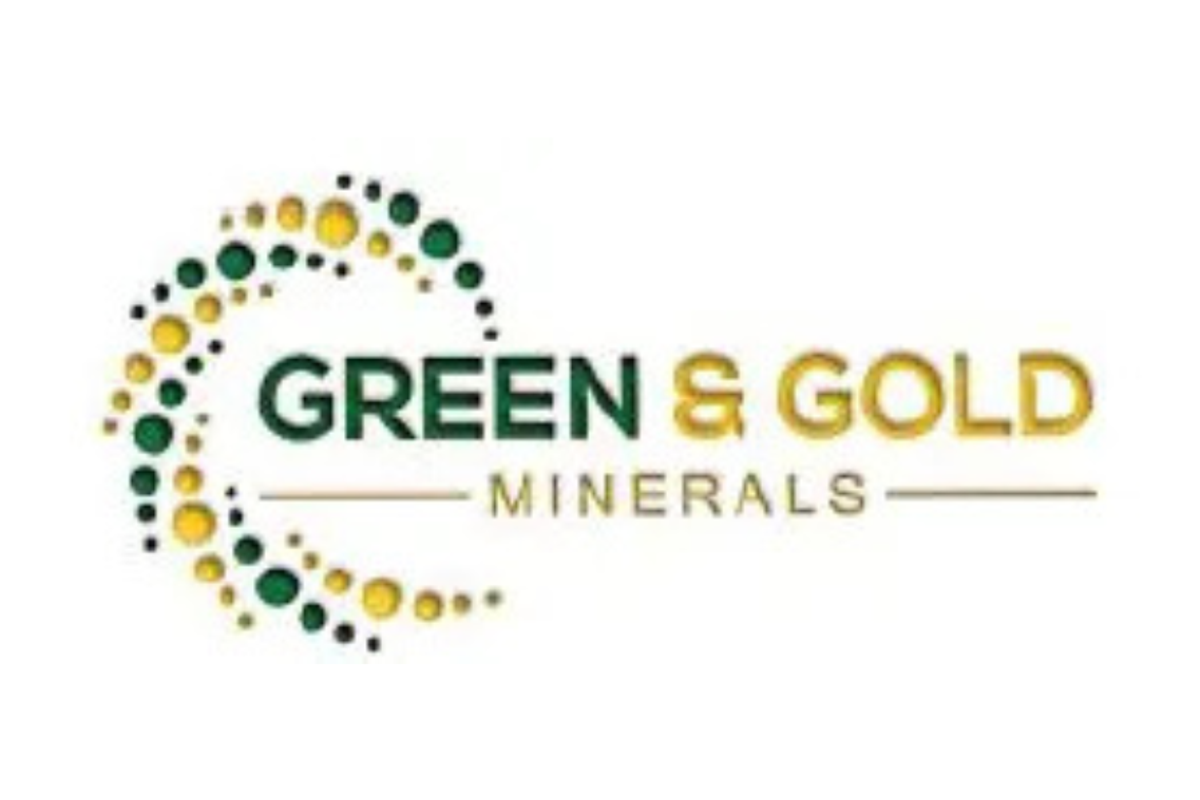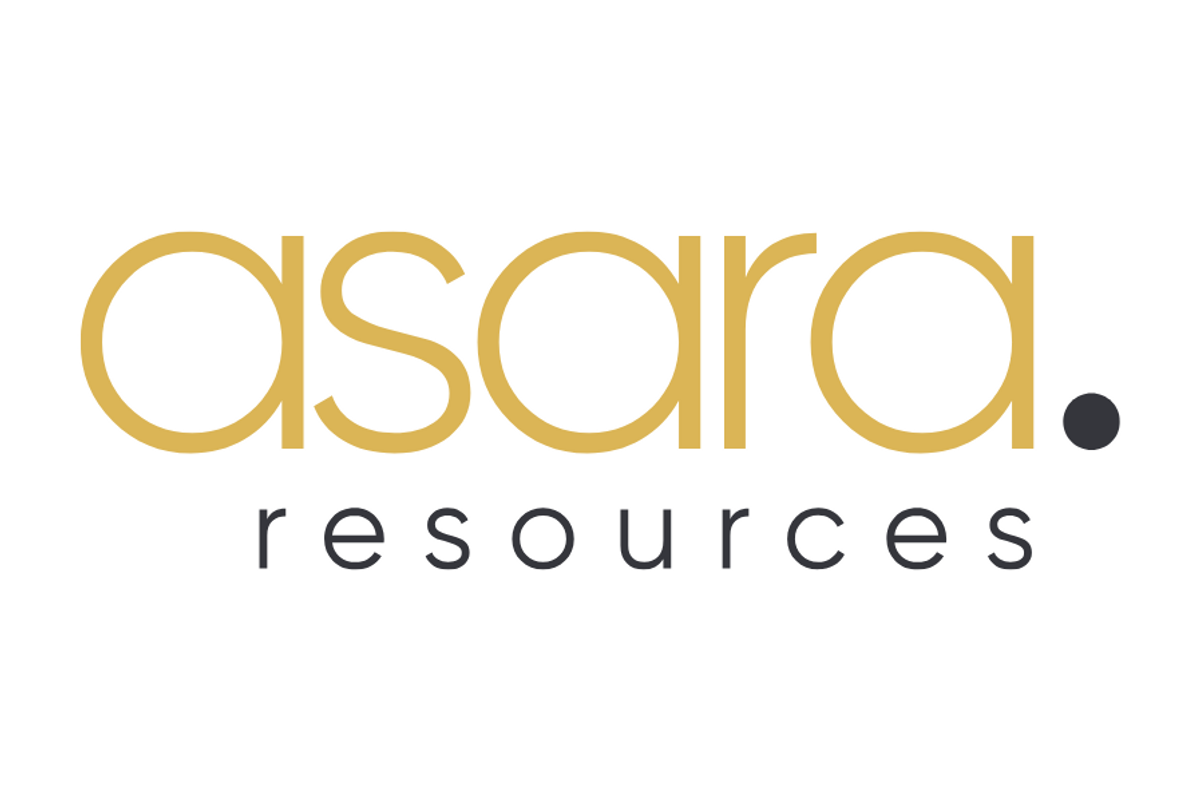
November 27, 2024
Asara Resources Limited (ASX: AS1; Asara or Company) is pleased to announce that it has recommenced exploration activities at its flagship asset, the Kada Gold Project in Guinea (Kada).
HIGHLIGHTS
- Relogging of core samples.
- Drone survey to identify additional mineralisation recently undertaken.
- Geological and structural mapping of new drone imagery and fieldwork.
- Planning for the commencement of a drill program in early 2025 to upgrade the existing Mineral Resource Estimate.
- Community engagement to strengthen relationships with local communities.
- Preparation for commencement of environmental studies.
Managing Director, Tim Strong commented:
“We are excited to recommence work at Kada following a pause in field activities throughout 2024. Our team is back on the ground, refurbishing camp facilities, re-logging core samples, undertaking geological and structure mapping in the Massan area and establishing important community relationships. In addition, we have deployed a drone to assist in determining the structural orientation of historical work undertaken and identify potential areas of gold mineralisation that may not have been previously recognised.
Looking ahead, we expect drilling to begin in the March quarter of 2025. The drilling program will focus on upgrading portions of the Massan Mineral Resource to the Measured category, as well as testing additional structures that are not currently included in the Mineral Resource Estimate.’’
KADA GOLD PROJECT
Exploration Activities
Activities at Kada recommenced during October with the installation of a new water borehole and a 10,000 litre capacity water tower at the Niandankoro Camp. All camp areas were connected to the new water system providing running water throughout.
The camp has undergone a detailed inventory, and store areas have been prepared in readiness for the commencement of fieldwork and then drilling.
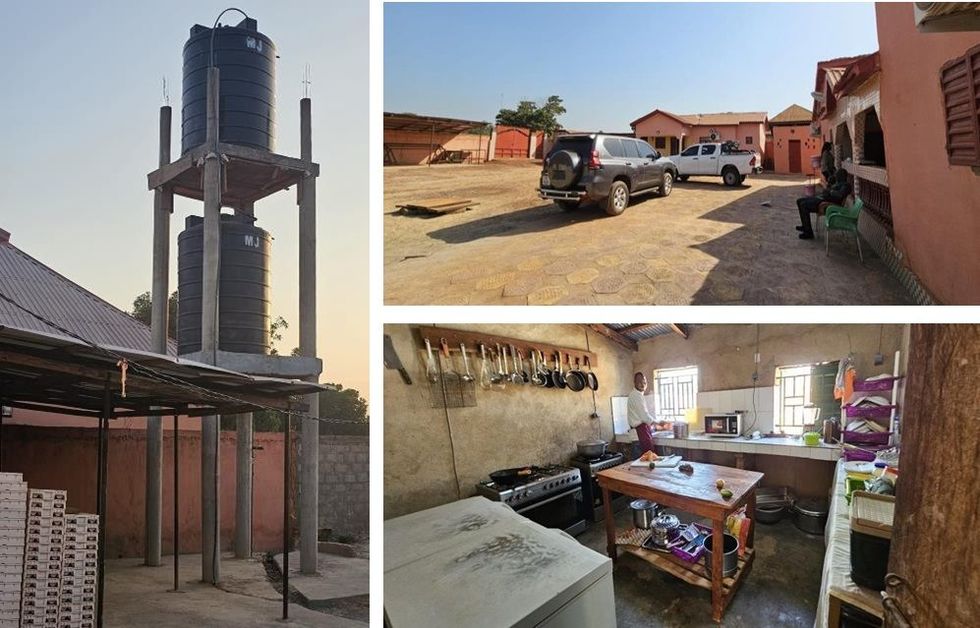
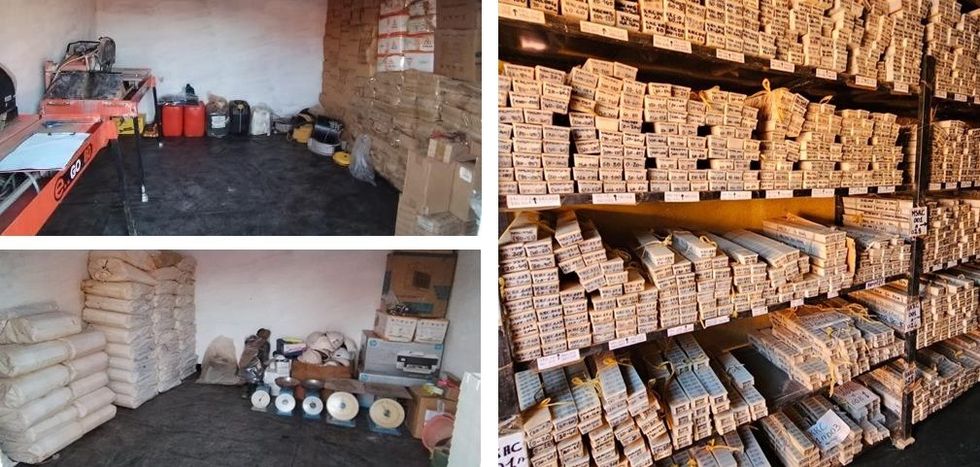
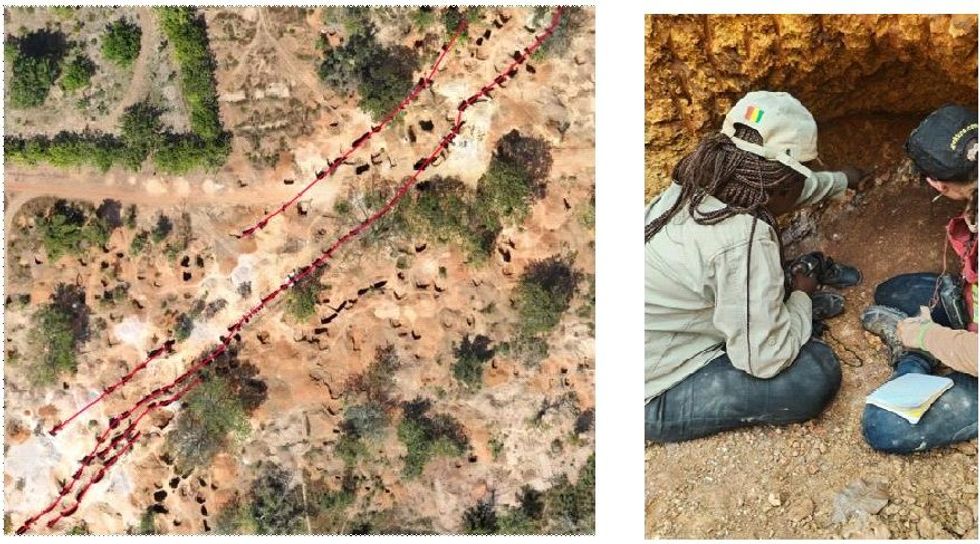
Geological and structural mapping of the workings have commenced. This is a combination of desktop interpretation of recent drone imagery and fieldwork.
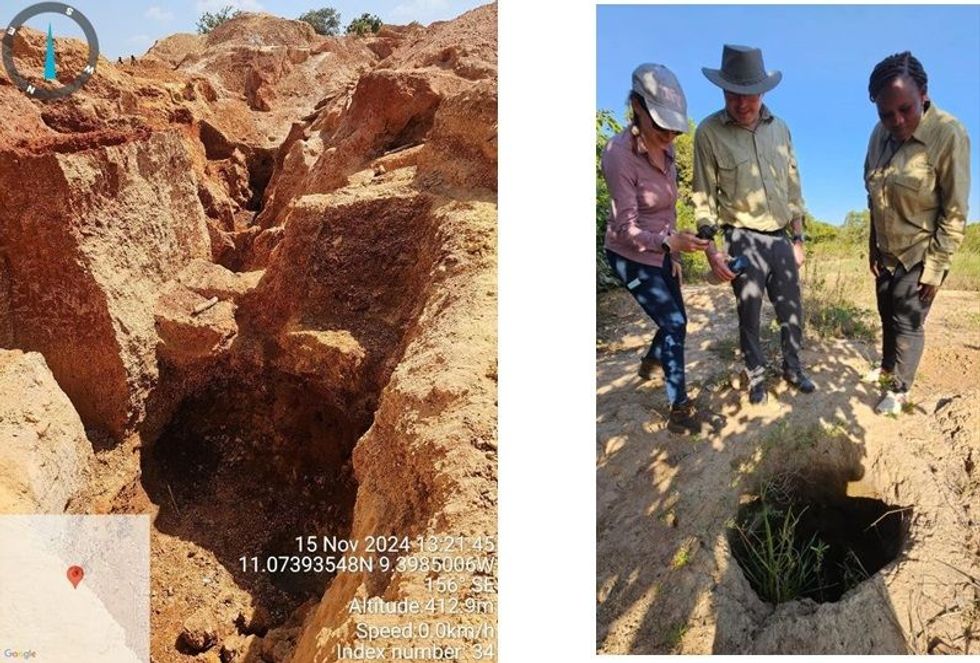
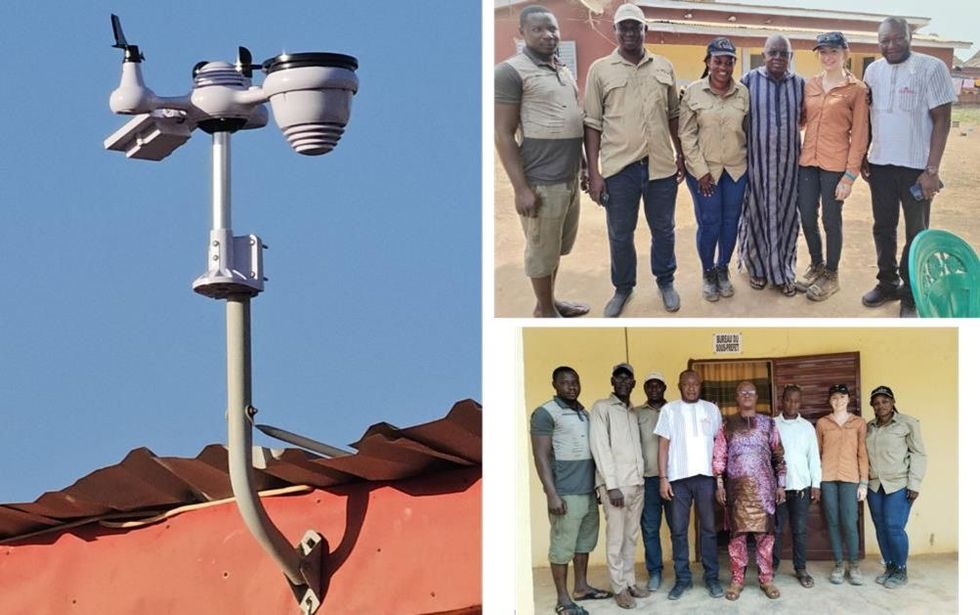
Community and Environment
The Company recognises the importance of engaging the local community, strengthening working relationships and to share information and understand local expectations and resolve any issues as and when they arise. To that end, work has commenced to establish social and environmental baselines. Over the last month, meetings were held with Company representatives, local elders, the Mayor of Niandankoro and Sous-Prefet which were beneficial and greatly appreciated by all attendees.
A weather station has been installed at Asara’s Niandankoro Camp giving vital baseline data for the environmental studies that will commence in 2025.
Burkina Faso
As announced on July 14, 2024, the Company entered into a binding Share Purchase Agreement (SPA) with Bic West Africa Limited (BIC) for the sale of its non-core Kouri and Babonga gold projects for total consideration of US$2.2m cash. The Company is continuing to work towards satisfying the Conditions Precedent outlined in the SPA, having recently obtained approval from the Tax Office with approval of the transaction by the Minister of Mines the final step. Following approval from the Tax Office, BIC made an advance payment of US$550,000 (against the final Completion Payment of US$1.1m). It is expected that the final payment of US$550,000 will be made by BIC once the Mininter of Mines has approved the transaction. It is expected that this approval will be obtained by the end of the December 2024 quarter.
Click here for the full ASX Release
This article includes content from Asara Resources Limited, licensed for the purpose of publishing on Investing News Australia. This article does not constitute financial product advice. It is your responsibility to perform proper due diligence before acting upon any information provided here. Please refer to our full disclaimer here.

Sign up to get your FREE
Asara Resources Investor Kit
and hear about exciting investment opportunities.
- Corporate info
- Insights
- Growth strategies
- Upcoming projects
GET YOUR FREE INVESTOR KIT
The Conversation (0)
07 July
Asara Resources
Advancing the next West African gold camp from the heart of Guinea’s prolific Siguiri Basin
Advancing the next West African gold camp from the heart of Guinea’s prolific Siguiri Basin Keep Reading...
42m
High grade drill results extend gold mineralisation at Mt Wandoo
Green & Gold Minerals Limited (ASX:GG1) is pleased to announce final gold results from the recent Wandoo drill program at the Chillagoe Gold Project. The Mt Wandoo and Little Wandoo prospects are located within granted mining leases with mineralisation commencing at surface. The Company is... Keep Reading...
1h
Drilling Progresses at the Wagyu Gold Project, Pilbara WA
New Age Exploration (ASX: NAE) (NAE or the Company) is pleased to report that the Reverse Circulation (RC) Drill Program is progressing positively at the Wagyu Gold Project (Figure 1). A total of 1,896 m has been drilled so far over 20 drill holes, with an average depth of 95m. The program is... Keep Reading...
12 December
Top 5 Canadian Mining Stocks This Week: Sirios Resources Gains 120 Percent
Welcome to the Investing News Network's weekly look at the best-performing Canadian mining stocks on the TSX, TSXV and CSE, starting with a round-up of Canadian and US news impacting the resource sector.The Bank of Canada Governing Council met on Wednesday (December 10) for the final... Keep Reading...
12 December
Transition Metal
Transition Metals Corp. (TSXV: XTM) is a Canadian-based, multi-commodity explorer. Its award-winning team of geoscientists has extensive exploration experience which actively develops and tests new ideas for discovering mineralization in places that others have not looked, often allowing the... Keep Reading...
12 December
Marmota Unveils High-grade Gold Finds at Greenewood Discovery
Marmota (ASX:MEU) has revealed the first detailed assays from its maiden program at the Greenewood gold discovery in the Gawler Craton of South Australia.In a Thursday (December 11) release, the company highlighted results including 95 grams per tonne (g/t) gold from 22 metres (as part of a... Keep Reading...
11 December
Brixton Metals Closes Tranche 2 Of Its Private Placement
Not for distribution to United States Newswire Services or for dissemination in the United States Brixton Metals Corporation (TSX-V: BBB, OTCQB: BBBXF) (the " Company " or " Brixton ") is pleased to announce that it completed on December 11, 2025, the second tranche of a non-brokered private... Keep Reading...
Latest News

Sign up to get your FREE
Asara Resources Investor Kit
and hear about exciting investment opportunities.
- Corporate info
- Insights
- Growth strategies
- Upcoming projects
GET YOUR FREE INVESTOR KIT
Latest Press Releases
Related News
TOP STOCKS
American Battery4.030.24
Aion Therapeutic0.10-0.01
Cybin Corp2.140.00

